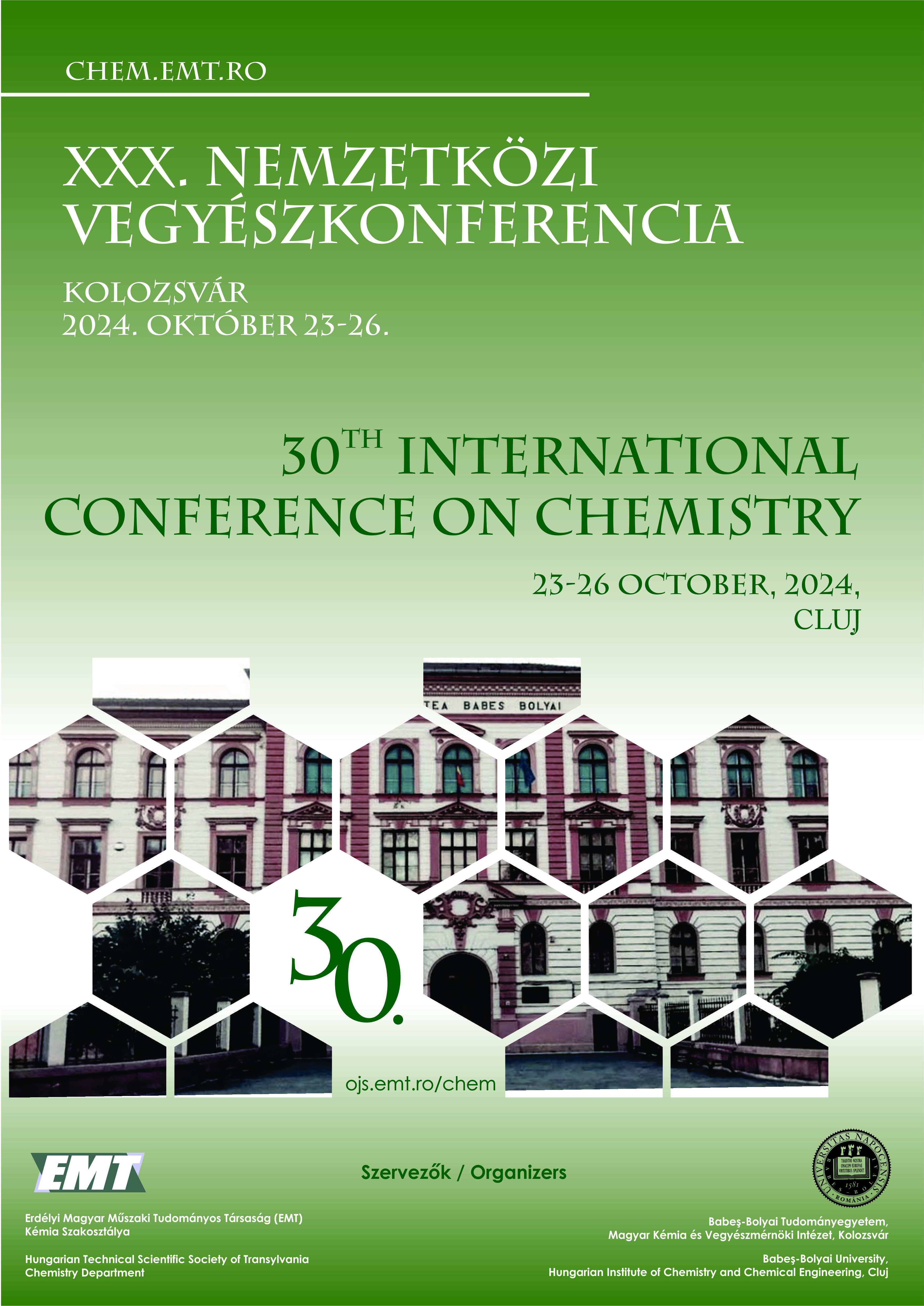Elektromosan vezető kompozitok előállítása és termisztorként való vizsgálata
Production and testing of electrically conductive composites as a thermistor
Keywords:
3D printing, electrically conductive polymer, thermistor, composite, smart material, /, 3D nyomtatás, elektromosan vezető polimer, termisztor, kompozit, okos anyagAbstract
In the present study, electrically conductive composites were prepared using graphite as a filler and a LLDPE-PP blend matrix material. A method for precision filament extrusion from conductive composites was developed using the 3Devo Composer 450. The investigation into the electrical properties of the fabricated plastic revealed that the composite exhibits a change in conductivity in response to temperature fluctuations. Accordingly, an investigation was conducted into the potential for the utilization of the material as a thermistor. To investigate this, a Wheatstone bridge measuring circuit with an instrumentation amplifier was constructed and scaled to the expected measurement ranges. An AR-NANOCH development module was used for the purposes of analog-to-digital conversion and data acquisition. Based on the temperature-resistance curve of the thermistor, a Steinhart-Hart and beta model of the thermistor were constructed. In order to establish the dynamic behavior of the thermistor, a bounce perturbation test was performed and the time constants of the descriptive equation were determined.
ÖSSZEFOGLALÓ
A munkánk során elektromosan vezető kompozitokat állítottunk elő grafit töltőanyag, valamint LLDPE - PP blend mátrixanyag segítségével. Módszert fejlesztettünk a vezető kompozitból történő precíziós szálhúzásra, melyhez a 3Devo Composer 450 készüléket használtuk. Az elkészült műanyag elektromos tulajdonságainak vizsgálata során kiderült, hogy a kompozit a hőmérsékletingadozás hatására változtatja a vezetőképességét. Ezért megvizsgáltuk, annak lehetőségét, hogy lehet e termisztorként használni. A vizsgálatára Wheatstone-hidas, műszererősítővel felszerelt mérőáramkört állítottunk össze, a várt mérési tartományokhoz méretezve. Az analóg - digitális átalakításhoz, és adatrögzítéshez AR-NANOCH fejlesztői modult használtunk. A termisztor hőmérséklet - ellenállás görbéje alapján felállítottuk a termisztor Steinhart-Hart és béta modelljét. A termisztor dinamikus viselkedésének megállapításához ugrászavarás vizsgálatot végeztünk, és meghatároztuk a leíró egyenlet időállandóit.


